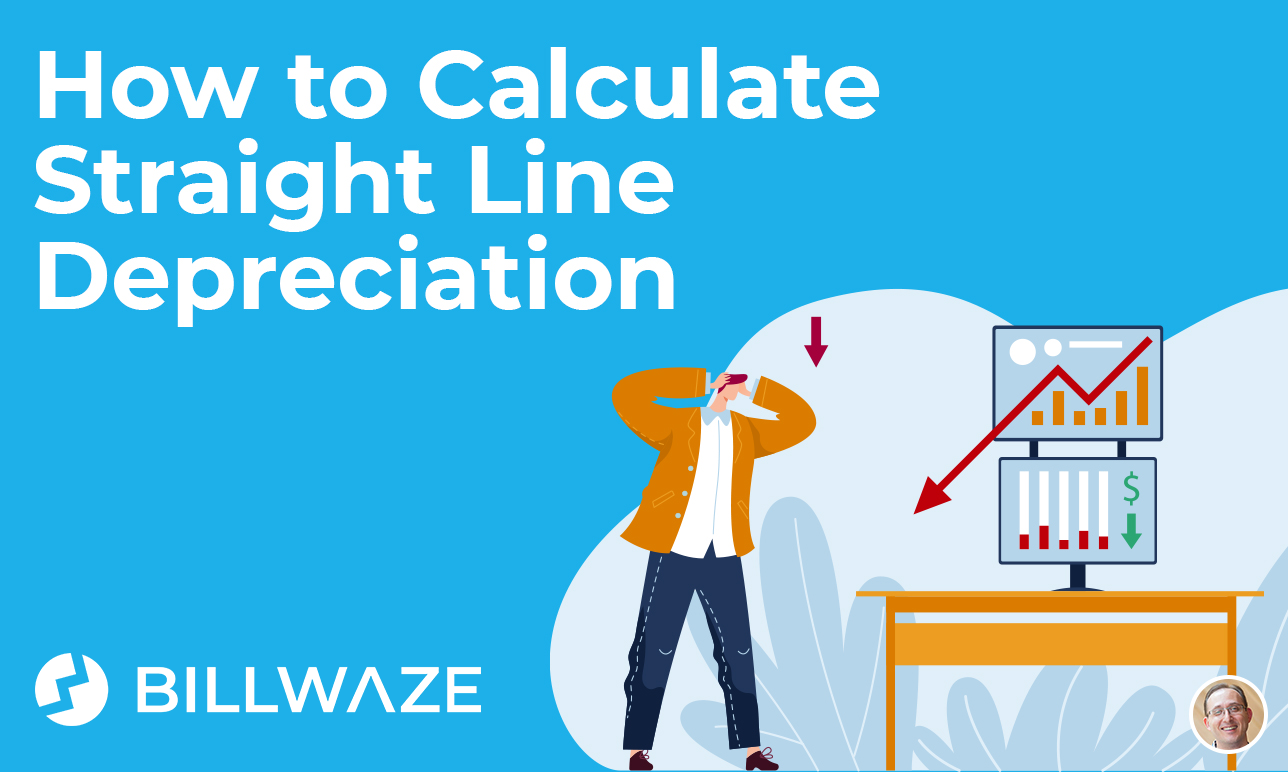Bank reconciliation is the process whereby you match your bank statement to corresponding entries on your balance sheet. Identifying any discrepancies will help you to correct your accounting records, and spot potentially fraudulent transactions.
How do You do a Bank Reconciliation?
Bank reconciliation is a comparison of your account balance as reported by your bank to your business’s general ledger.
Just as you keep records of all your business’s financial transactions, so the bank keeps a statement of your deposits and withdrawals. Typically these are sent out by the bank at monthly or other regular intervals.
When these records do not exactly match, you will need to investigate the reasons why, and ensure that each item is accounted for and the final balances are equal to one another.
This is done using a Reconciliation Statement.
Reconciling Your Accounts
Once you have received your most recent bank statement, compare it to your own record of transactions.
Credits on the statement (deposits into your bank account) should match with debits in your cashbook. Withdrawals on the statement should match with credits in your cashbook.
Mark each corresponding pair of transactions.
Because transactions take time, it is common for there to be some discrepancies. You will need to adjust your bank statement to show any deposits in transit (amounts which you have received but which have not yet been recorded by the bank) as well as any outstanding checks. Finally you need to identify any bank errors. It is not impossible that the bank has entered an incorrect amount or even omitted a transaction.
When your statement is fully updated, it’s time to adjust your cash account.
This will involve adding any interest paid by the bank, and deducting any charges or fees that have been applied. You also need to identify any errors that have been made in preparing your cash account records. In addition, be aware of any NSF (not sufficient funds) checks. These may show as deposits in your cashbook but will not show on your statement if the payer’s bank has not honoured them.
Now that you have two completed and updated records – your bank statement and your cashbook – compare the balances. Once all the steps above result in a perfect balance, you will need to keep a record of any adjustments made to bring the two into line.
Why Should You Reconcile Your Accounts?
There are several important benefits to regular bank reconciliation, such as:
- Identifying theft and fraudulent transactions
- Keeping track of bank fees (and interest paid) in your own records
- Identifying and correcting errors
- Monitoring your business’s accounts payable and receivables

 Billwaze
Billwaze 
